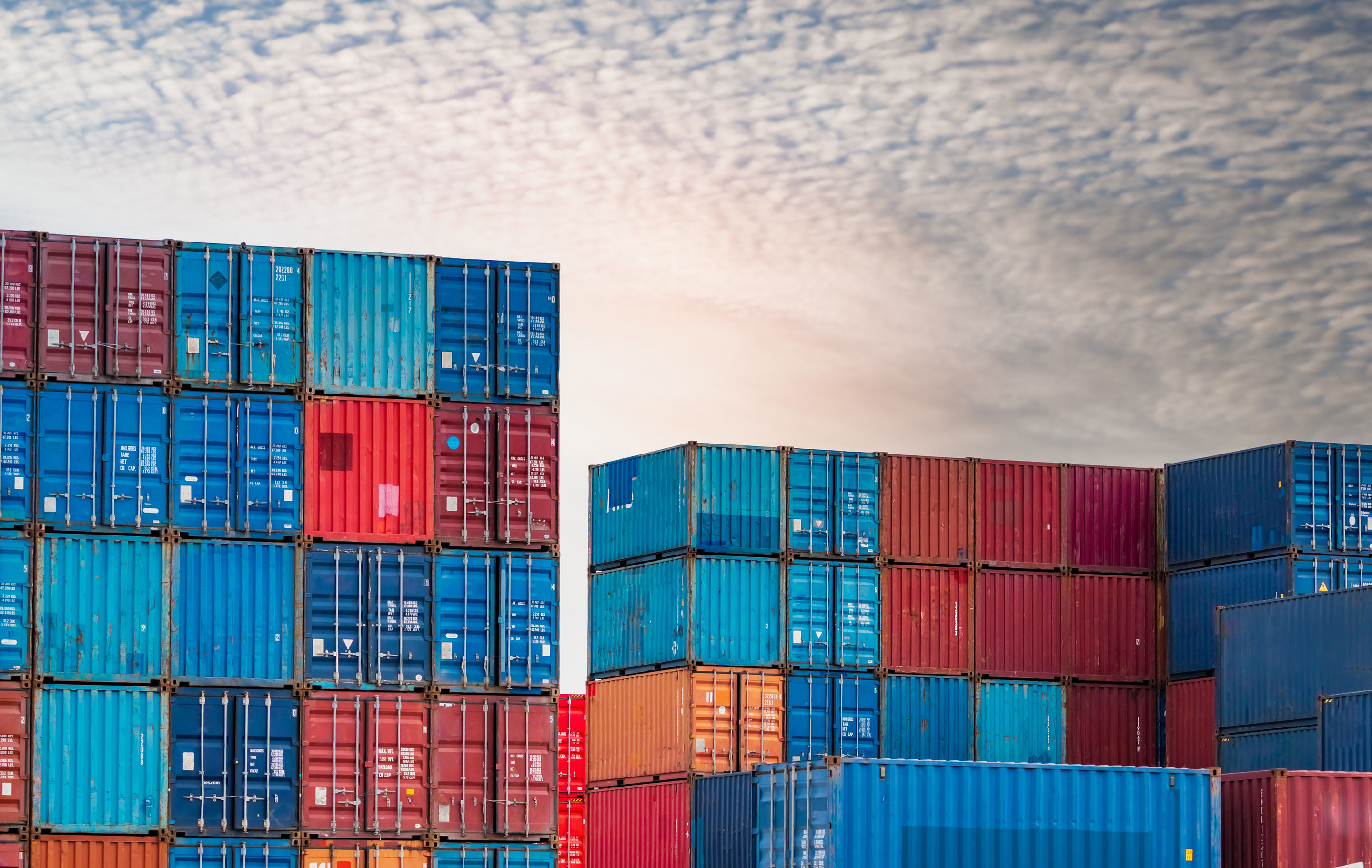- Article

- Market & Regulatory Insights
- Spotlight Asia Pacific
- Outlook
- Industry/sector insights
Multinationals seizing business opportunities in Asia
To capture Asia’s enormous potential, global multinationals are adapting to a range of fast-moving developments – including the shifting macroeconomic backdrop, the rise of AI, and evolving sustainability requirements.
Asia’s enormous potential continues to attract the attention of corporates from across the world. They are drawn to large growing markets, many of which are at the forefront of the technological and sustainability trends that are powering the next wave of global commercial opportunities.
Asia is, however, a complicated region, with a wide range of demographic profiles among economies, which are each at varying levels of development. Furthermore, geopolitical tensions are high on the agenda when formulating a business plan. But despite these challenges, Asia is too important to ignore.
A poll conducted at HSBC Asia Day 2023 showed that multinationals attendees are most likely to see disruptive technologies, such as artificial intelligence, as the biggest opportunity, while geopolitical tensions were considered the largest risk.
“We remain optimistic about the opportunities in Asia, as the region will account for more than 60% of global growth in 2023,” said Stephen Brade, Managing Director and Head of Multinationals, Asia Pacific, HSBC. “And HSBC has been navigating the region’s complexity for nearly 160 years.”
Shifting economic dynamics
An understanding of the macroeconomic environment is key to the development and implementation of an Asia business plan. From a global perspective, the situation for international trade is challenging, as high interest rates in the US remain the main headwind, supporting persistent strength in the USD. And in terms of economic growth, the global economy is waiting for the Chinese recovery to pick up speed, which will depend on the revival of the all-important property sector.
Despite this challenging backdrop, Asia remains one of the most exciting regions in the global economy, said Fred Neumann, Chief Asia Economist and Co-Head Global Research Asia, HSBC.
“There is a big shift in economic dynamism in Asia, from the Northeast of the region to the South and Southeast,” he said. “ASEAN and India are benefiting from the big trends affecting the world economy, and they are enjoying improvements in incremental growth.”
Asia is actually receiving record amount of foreign direct investment (FDI). Companies are still selectively investing in China, but the strongest growth is in ASEAN, with the bloc becoming more deeply integrated into global supply chains.
Geopolitical considerations are playing a role in investment decisions, though perhaps a more important factor is the relative cost of labour in ASEAN countries compared to China, with a significant wage advantage in countries like Malaysia, the Philippines and Thailand.
India is the other major economy in the region to show renewed development potential. Although it does not receive the same levels of FDI as its regional peers, is doing well in terms of greenfield investment. And the country’s strength in service exports puts it in a good position to excel in the next wave of economic growth.
Embracing AI’s potential
Treasurers are no strangers to technological change. In recent years, they have overseen a wave of automation, with many time-consuming manual processes replaced by more efficient solutions. The rise of AI promises to set in motion another series of transformative developments.
"We are at the threshold of a potential breakthrough, where treasury functions shift from being reactive to business developments to becoming more predictive, thanks to technology advancements such as AI," said Patrick Zhu, Head of Global Banking Corporate Sales, Global Payments Solutions, Asia Pacific, HSBC. "In other words, it is a way of bringing automation to the next level."
For example, AI can help make cross-border payments more cost-effective for consumers. Typically, payment companies facilitate these transactions according to a guaranteed FX rate that applies over a 24-hour period, which helps manage the risk, but passes a premium to the consumer. AI can be used to predict the number of transactions that will take place during a particular day, which allows for a more accurate exchange rate to be applied, resulting in a more competitive offering for users.
Realising sustainable supply chains
Another area where businesses are quickly adapting to new requirements is sustainability, which not only covers a company’s environmental impact, but also its broader effects on the society’s where it operates.
Embedding sustainability into supply chains is a top priority, which involves adhering to evolving regulatory standards, meeting evolving consumer preferences, and growing demand from demand from investors for environmental, social and governance (ESG) considerations to be included in the corporate strategy.
"With supply chains connecting counterparties across the world, it is increasingly important to integrate a sustainability lens across participants in the entire ecosystem," said Rakesh Patwari, Head of Sales, India, Global Trade Solutions.
This holistic approach is most evident in Scope 3 emissions, which makes a company responsible for the greenhouse gasses emitted along its entire value chain. Addressing such a broad category of emissions will require a wide range of stakeholders working together.
Accountability is essential to any sustainability drive, as it allows a company to measure its progress against a growing range of frameworks – such as the Task Force on Climate-Related Financial Disclosures (TCFD) and the Sustainability Accounting Standards Board (SASB). Effectively communicating compliance with these standards also ensures that consumers, investors and regulators can understand the material progress a corporate is making.
Preparing for the future
Sustainability helps build resilience into a company’s operations, while AI allows them to enjoy greater efficiencies and deliver tech-driven products. And by understanding the economic backdrop, they will be able to formulate strategies that better fit each market where they operate. The benefits that come from embracing these fast-moving trends are tangible, as they will put multinationals in a strong position to capture the opportunities that Asia offers.



